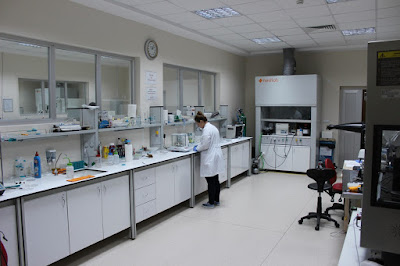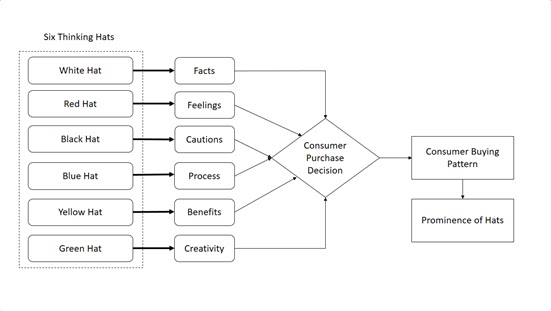Testing
To evaluate how something works under certain established methods or test standards. Textile testing is to check its properties under certain conditions in a standard environment prescribed as per Test standards.
Types of Testing?
Why testing?
In-house Lab:
Every manufacturing plant has the testing laboratory facilities along with the production unit. The main function of this type of lab is to ensure the right quality of the items like yarn, fabric, garments etc. Yarn count, composition, hairiness, twist factor etc. are tested and maintained to a standard limit for the yarn manufacturing plant. Fabric structure, dimensional stability, weight, spirality, standard shade and colourfastness properties, etc. are tested for the fabric manufacturing plant and the testing lab at garments check the quality of stitches, seams, and different measurements, etc.
Buying house Lab:
This is actually the customer nominated lab up to their standards. Fabric technologist working at the buying house execute various types of test sought by the ultimate buyers. The vendors send the items to the buying house for approval and of course, they send after doing the in-house tests. Despite that buying house lab test is to ensure everything is as per the standards as mentioned in the PO or other technical package. After testing, checking and evaluating, buying-house gives approval to the vendors to proceed. Sometimes, items should be sent to the original buyers for approval for special issues.
3rd Party Lab:
Sometimes, customers do not have the testing setup and they then nominate some well-recognized and standard laboratory to work on behalf of the customers. These labs are termed as the 3rd Party Lab. This type of lab is designed only to test and providing certificates. While issuing an order, customers seek some standard tests done at every stage along with the products from vendors. Yarn count, fabric structure, weight, spirality, colourfastness, presence of hazardous materials, embellishment durability test, overall appearance test of the garments are the most common tests done in the 3rd party testing lab. Another very important function is doing an inspection after the production and they issue gate pass to ship the items to the customers. SGS, Intertek, TUVSUD, Bureau Veritas are some of the most renowned and reliable 3rd party testing labs.
Reference: A Practical Guide to Textile Testing by K. Amutha (Woodhead Publishing)
Check out these related articles:








